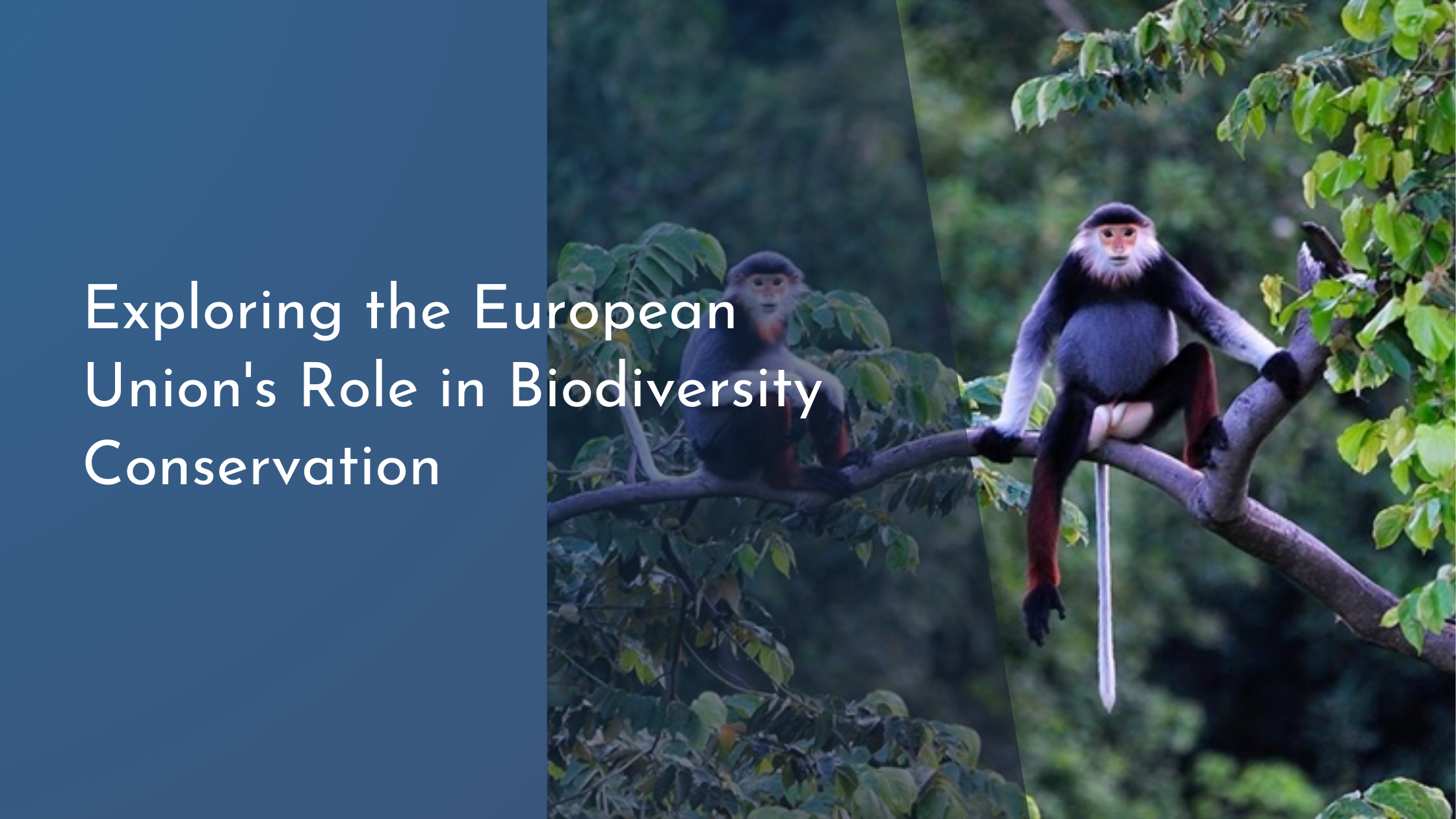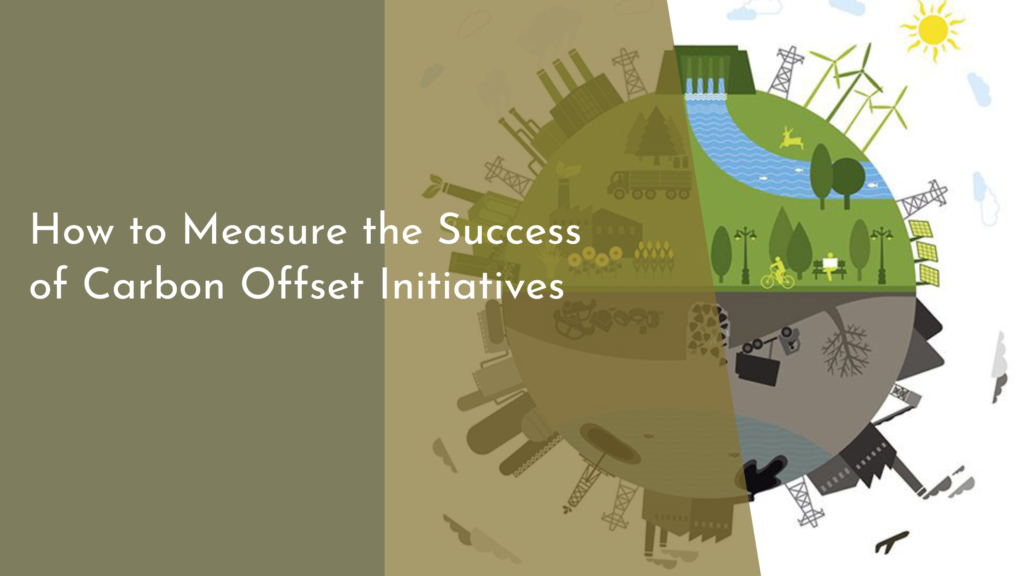Exploring the European Union’s Role in Biodiversity Conservation
The European Union (EU) is renowned for its commitment to environmental sustainability and biodiversity conservation. As one of the most influential political and economic unions in the world, the EU plays a pivotal role in preserving the rich and diverse ecosystems across Europe. This article delves into the EU’s dedication to biodiversity conservation, highlighting the policies, partnerships, and projects that are making a significant impact.
The European Union: A Biodiversity Champion
The European Union stands as a global leader in biodiversity conservation, driven by its recognition of the intrinsic value of nature and the benefits it provides to society. Biodiversity is integral to the EU’s environmental agenda, with efforts aimed at halting biodiversity loss and restoring ecosystems. The EU’s commitment is evident through its ambitious targets and binding commitments under international frameworks such as the Convention on Biological Diversity.
Beyond international commitments, the EU has set its own comprehensive biodiversity strategy, underpinning its role as a biodiversity champion. The EU Biodiversity Strategy for 2030 aims to protect 30% of the EU’s land and marine areas and restore degraded ecosystems. This strategy is part of the broader European Green Deal, which seeks to make Europe the first climate-neutral continent. The EU’s leadership in biodiversity conservation serves as a model for other regions, fostering global awareness and action.
Key Policies Driving Conservation Efforts
Central to the EU’s conservation efforts are its robust policies and legal frameworks designed to tackle biodiversity loss. The Natura 2000 network is the largest coordinated network of protected areas in the world, safeguarding critical habitats for Europe’s most valuable and threatened species. Spanning over 18% of the EU’s land area and about 9% of its marine territory, Natura 2000 not only conserves nature but also promotes sustainable human activities within and around these areas.
The Common Agricultural Policy (CAP) is another vital EU policy that influences biodiversity. By integrating environmental considerations into agricultural practices, the CAP supports sustainable farming techniques that contribute to biodiversity preservation. Through eco-schemes and rural development programs, the CAP incentivizes environmentally friendly agricultural practices, ensuring that farming and biodiversity coexist harmoniously.
Collaborations and Partnerships Across Europe
The EU recognizes that successful biodiversity conservation requires collaboration and partnerships at all levels. It actively fosters partnerships with member states, regional authorities, NGOs, and local communities to implement its conservation strategies. The EU LIFE Programme exemplifies this collaborative approach by funding projects across Europe that focus on nature conservation and climate action, leveraging cross-border cooperation to enhance biodiversity.
Furthermore, the EU collaborates with international organizations and non-EU countries to promote biodiversity conservation beyond its borders. By participating in global initiatives like the Global Environment Facility and the Intergovernmental Science-Policy Platform on Biodiversity and Ecosystem Services, the EU contributes to worldwide efforts in protecting biodiversity. These collaborations extend the impact of EU policies, enhancing ecological resilience across Europe and beyond.
Innovative Projects and Success Stories
The European Union is home to a multitude of innovative projects that demonstrate successful biodiversity conservation practices. Projects funded by the EU LIFE Programme have achieved remarkable outcomes, such as restoring peatlands in Ireland and reintroducing endangered species like the European bison in Poland. These projects highlight the EU’s dedication to restoring natural habitats and species while engaging local communities in conservation efforts.
Success stories from across Europe showcase the EU’s impact on biodiversity. For instance, the rewilding initiatives in the Iberian Peninsula have resulted in the resurgence of native species and the restoration of natural processes. In Slovenia, the conservation of the brown bear population is a testament to effective wildlife management under the EU’s guidance. These projects not only enhance biodiversity but also provide socio-economic benefits, reinforcing the EU’s role in creating a sustainable future.
The European Union’s proactive and comprehensive approach to biodiversity conservation underscores its role as a global leader in environmental stewardship. Through ambitious policies, collaborative efforts, and innovative projects, the EU is making significant strides in preserving Europe’s rich biodiversity. As the world faces growing environmental challenges, the EU’s commitment to biodiversity conservation serves as an inspiration and a call to action for other nations to prioritize and invest in the health of our planet’s ecosystems.


